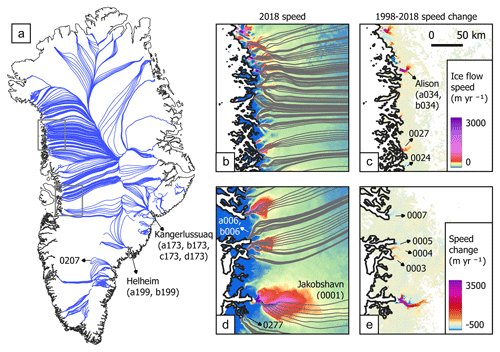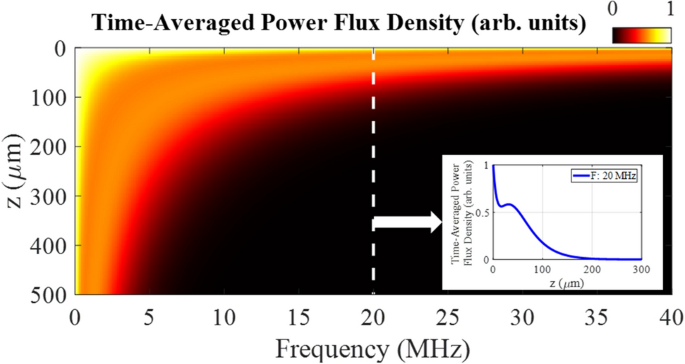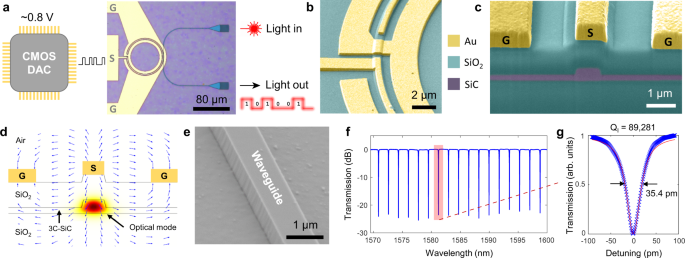2022-04-28 カリフォルニア大学バークレー校(UCB)
この新しいモデルは、The Cryosphere誌に発表されたもので、氷河の底部に浸透して下降流を潤滑にする雪解け水の効果を組み込んでいます。この新しい物理モデルは、最も脆弱な氷河は、過去に速い流れを経験した厚い氷河であり、その速い流れが周期的なものであったとしても、予測することができる。
<関連情報>
- https://news.berkeley.edu/2022/04/28/model-pinpoints-glaciers-at-risk-of-collapse-due-to-climate-change/
- https://tc.copernicus.org/articles/16/1431/2022/tc-16-1431-2022.html
氷河の形状と流速が北極圏の海洋性末端氷河の潤滑床に対する応答を決定する Glacier geometry and flow speed determine how Arctic marine-terminating glaciers respond to lubricated beds
Whyjay Zheng
The Cryosphere Published: 21 Apr 2022
DOI:https://doi.org/10.5194/tc-16-1431-2022

Abstract
Basal conditions directly control the glacier sliding rate and the dynamic discharge of ice. Recent glacier destabilization events indicate that some marine-terminating glaciers quickly respond to lubricated beds with increased flow speed, but the underlying physics, especially how this vulnerability relates to glacier geometry and flow characteristics, remains unclear. This paper presents a 1D physical framework for glacier dynamic vulnerability assuming sudden basal lubrication as an initial perturbation. In this new model, two quantities determine the scale and the areal extent of the subsequent thinning and acceleration after the bed is lubricated: Péclet number (Pe) and the product of glacier speed and thickness gradient (dubbed J0 in this study). To validate the model, this paper calculates Pe and J0 using multi-sourced data from 1996 to 1998 for outlet glaciers in the Greenland ice sheet and Austfonna ice cap, Svalbard, and compares the results with the glacier speed change during 1996/1998–2018. Glaciers with lower Pe and J0 are more likely to accelerate during this 20-year span than those with higher Pe and J0, which matches the model prediction. A combined factor of ice thickness, surface slope, and initial flow speed physically determines how much and how fast glaciers respond to lubricated beds in terms of speed, elevation, and terminus change.



